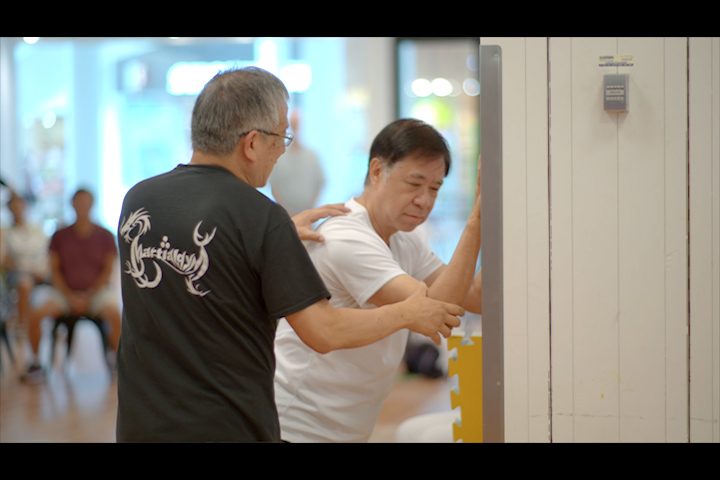When people hear about strengthening, they often think of the traditional weight room and building muscle. However, it’s important to note that even within weight training, there are at least two distinct styles/approaches, each addressing different needs of the body.
- Isolation exercises target a single muscle group. The key here is to perform them slowly and with control. In these exercises, you aim to place the maximum workload on the targeted muscle group without assistance from other body parts. The movements are deliberately designed to require the maximum effort for a given task.
- Functional exercises aim to mimic specific real-life tasks and enhance neural control during those activities. The primary objective is to enhance task performance by improving the coordination of various muscle groups and sequencing movements effectively.
We favor the use of your own body weight as the payload. Ultimately, we have to be able to function with our own body weight. When you hit the ground falling, you have to feel comfortable handling your own body weight.
Muscle loss becomes a natural part of the aging process. If you are physically active, the aging process start later and at a much slower rate.

Expanded view of Strength
While muscles and nerves are always involved, functional strength is much more than how much weight you can lift. We identify for following five areas to for the purpose of “readiness for falling”.
- Big Muscles: These refer to the prominent, visible muscles that many people focus on, such as the six-pack abs, biceps, chest muscles, and quadriceps.
- Little Muscles: In recent years, there has been a growing recognition of the importance of strengthening less obvious muscle groups or muscle-related areas. This includes core training beyond just the abs, the significance of fascia training, and different types of muscle fibers. For simplicity, we refer to them as “little” muscles because they are often overlooked and tend to be weaker.
- Mechanics – Muscles work in conjunction with our bone structure. By applying efficient mechanics (or principles of physics), tasks like lifting heavy objects become easier, and you become effectively stronger using muscles you have already.
- Mental: Mental factors, including determination, focus, and the willingness to push one’s limits, play a significant role. Seniors often prefer staying within their comfort zones. However, for muscle improvement, it’s crucial to challenge these limits. In most exercises, we don’t emphasize a specific count. Instead, we encourage you to perform repetitions (or maintain a position) until you start feeling the muscles burn and shake. This is when the true workout begins, and you need to push yourself a bit further.
- Coordination: Coordination becomes essential when multiple body parts need to work together to accomplish a particular task. Sometimes, they must work simultaneously, while at other times, they must move in a smooth sequence. For example, the difference between a well-trained team of soldiers and a random group of individuals is that the trained team can execute orders promptly and efficiently. In contrast, the random group may question authority, suggest alternative approaches, leading to inefficiencies.
Note: Phrase to help with memorization: Big Larry Moved My Car or Betty Lou made me chuckle.
Body groups that needs to be strong
- Hands: They are your primary landing gear especially for frontal falls. Your arms need to be strong enough to avoid your face hitting the ground. Furthermore, your elbow need to bend and to absorb the impact. A bench press style of exertion on impact means that not only are you taking the full impact, you are making it worse by “hitting” the ground.
- Tummy, neck and hip: When you fall backward, the most vulnerable body parts are your head as well as your tailbone. You need to have the muscles to protect them from hitting the ground. The butt and hip is a big part of the repositioning to re-balance.
- Thigh/Quads: The capacity to easily squat closer to the ground is of paramount importance. Many individuals tend to bend at the hips and lean forward when reaching down, which significantly heightens the risk of a head-first fall. I refer to this squat posture as the ‘home’ position, as you must pass through it when transitioning down to the ground or rising from it. Additionally, having strong quadriceps and hips reduce strain on the knees.
- Calf, foot and toes: When the calf and foot muscles weaken, seniors often develop a flat-footed walking gait. Some may even begin altering their posture, leaning forward. In our training regimen, we incorporate not only calf raises but also practice standing on our toes to train the balancing reflex through the foot and ankle.
Note: Phrase to help with memorization: He Tried Talking Chinese. An alternative is to touch all above named body parts.
